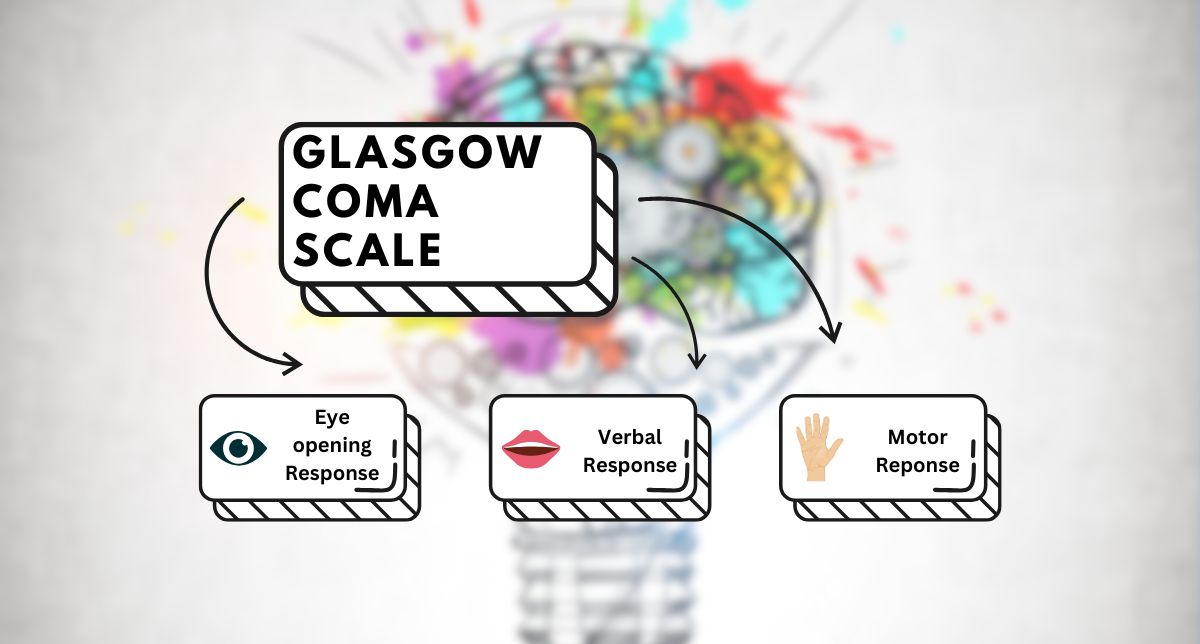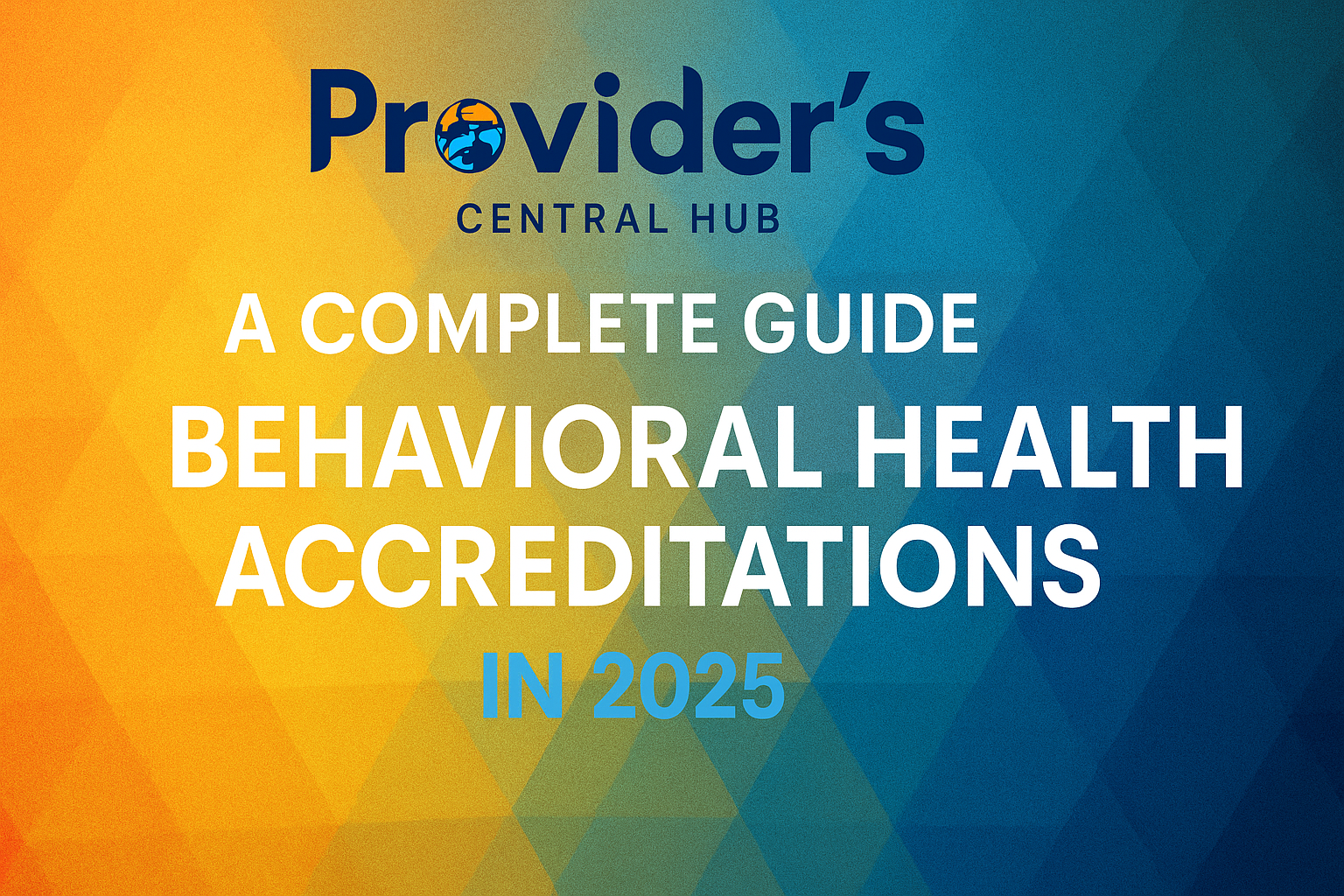Introduction
The Glasgow Coma Scale is one of the most important and widely used applications for the conscious state of a patient following brain injury. Standardized by Graham Teasdale and Bryan Jennett in 1974, GCS was initiated to evaluate neurological functions and has since become an important building block of emergency medicine and critical care areas.
Parts of the GCS: The GCS tests three functions of the responsiveness of an individual:
- Eye Opening Response (E): It ranges from eye opening none to spontaneous eye opening.
- Verbal Response (V): This evaluates the patient’s ability to talk, and scores run from no verbal response to being oriented and able to converse normally.
- Motor Response (M): From no movement, it runs right down to obeying commands.
Each element is scored separately, and the cumulative GCS score ranges from 3 (deep coma or death) to 15 (fully alert). For example, GCS 12 = E3 V4 M5
Clinical Implications: The GCS is important for several reasons:
- Immediate Assessment: It allows the clinician to quickly classify the severity of TBI in trauma patients. The lower the GCS, the greater the risk of poor outcome and even mortality.
- Many treatment decisions are determined by the GCS: whether intubate, image, or send to a specialty center. For instance, patients with GCS < 8 typically require airway protection because of altered level of consciousness
- Progress Monitoring: Serial assessment scores obtained through GCS can monitor changes in the patients’ condition overtime. Deterioration is often indicated by decreasing scores in GCS, which immediately calls for medical intervention
- Communicative Instrument: The GCS is a common language that enables healthcare professionals from different disciplines to communicate and assess the information needed during handovers or interdisciplinary meetings
Limitations and Considerations: GCS is very commonly used. It is not, however free from limitations:
- Intubated and Non-verbal Patients: In patients who are intubated or cannot speak due to facial injury, the consciousness level cannot be properly reflected with this scale.
- Variability in the Responses: The three parts of GCS are connected but are treated as distinct scores. This sometimes creates an issue in the accurate interpretation of total scores because dissimilar combinations can yield similar scores but refer to different clinical situations
- Pediatric considerations: The standard GCS is not applicable to children under 36 months old due to differences in developmental stages. It has other specific versions for pediatric assessments.
Conclusion
It continues to be used in clinical practice, in particular with regard to assessing levels of consciousness after brain injury. The ability of the GCS to decide on a treatment strategy, to monitor a patient’s progress, and to assist in communication all add to its requirement in emergency and intensive care environments. Even with its drawbacks, if used right and understood well enough by healthcare providers, the GCS can greatly help in improving the outlook for patient care.




